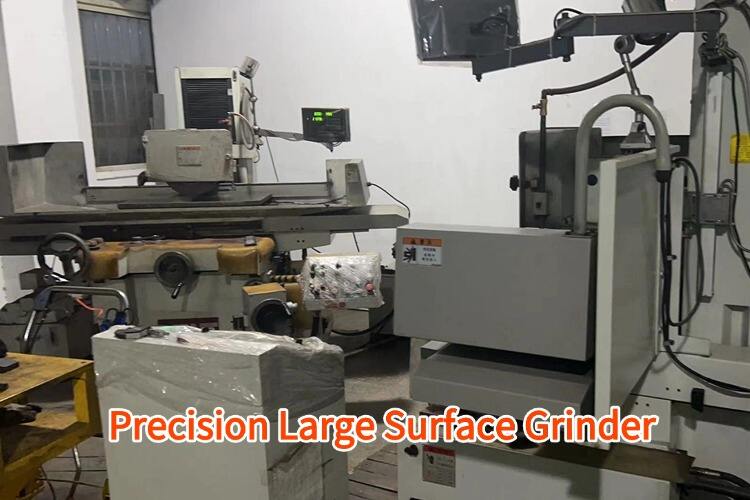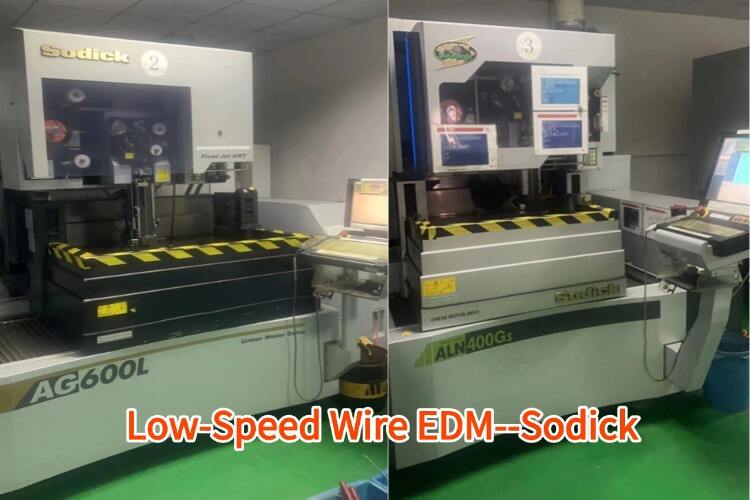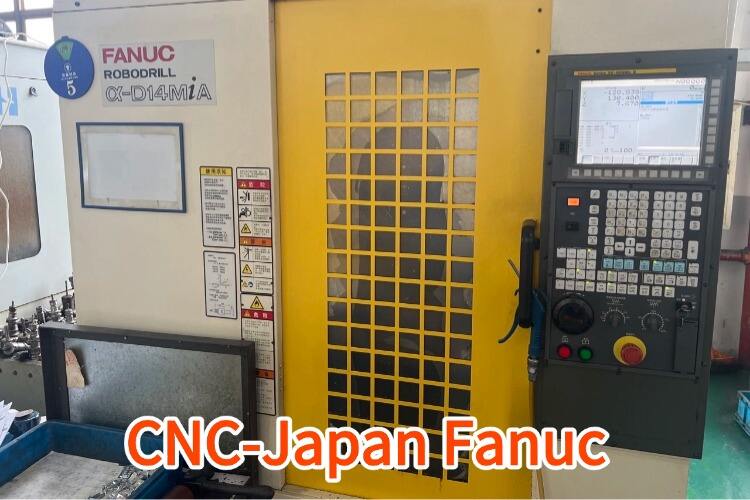what can a cnc machine do
CNC (Computer Numerical Control) machines are versatile manufacturing tools that can perform a wide array of operations with exceptional precision. These machines can execute complex cutting, milling, drilling, turning, and shaping operations on various materials including metals, plastics, wood, and composites. Modern CNC machines can operate in multiple axes, allowing for intricate 3D machining capabilities that would be impossible to achieve manually. They excel at creating precise components for industries ranging from aerospace to medical devices, with tolerances as tight as 0.0001 inches. CNC machines can perform continuous operations 24/7, producing identical parts with consistent quality. They can handle both simple tasks like hole drilling and complex operations such as creating threaded surfaces, contoured shapes, and detailed engravings. Additionally, these machines can switch between different tools automatically, enabling them to complete multiple operations without human intervention. They can also perform quality control checks during the manufacturing process, ensuring that each part meets exact specifications.


